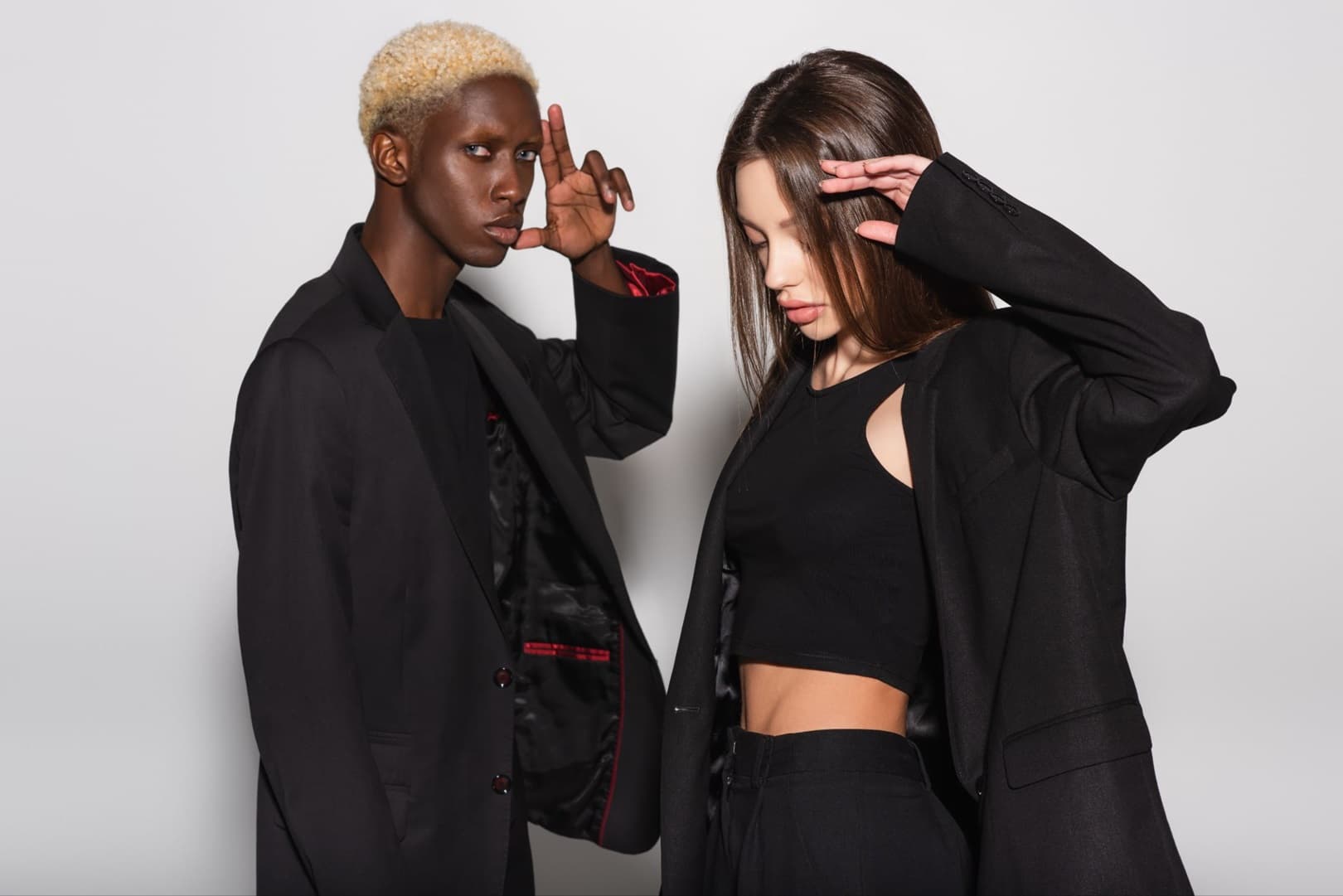Loading...
17 May 2024

Fashion is more than just clothing; it's a dynamic reflection of society's evolving values, cultures, and norms. One of the most profound shifts in recent years has been the rise of gender-neutral fashion. This movement challenges traditional style norms and promotes inclusivity, diversity, and gender biases.
Fashion has always been a reflection of society, mirroring its values, cultures, and evolving norms. This movement is not just a trend but a profound change that promotes inclusivity, diversity, and the very essence of Feminism. This blog explores the evolution of gender-neutral fashion, its impact on the fashion industry, and how it is reshaping our perceptions of identity and self-expression.
The Rise of Gender-Neutral Fashion
Gender-neutral fashion, also known as unisex fashion, emerged as a response to the rigid gender binaries that have historically dominated the fashion industry. The roots of this movement can be traced back to the 1960s and 1970s, with designers like Yves Saint Laurent and Pierre Cardin introducing androgynous styles. However, it wasn't until the early 2000s that gender-neutral fashion began gaining significant momentum. The movement began gaining momentum in the early 2000s, with designers and brands creating clothing that transcended traditional gender norms.
High-profile designers like Jean-Paul Gaultier and Vivienne Westwood were among the early pioneers, introducing androgynous styles that blurred the lines between male and female fashion. Their bold designs paved the way for a new generation of designers who embraced the fluidity of gender expression. The 2010s saw a surge in popularity for gender-neutral fashion, with major fashion houses like Gucci, Balenciaga, and Zara launching unisex lines. These collections were not just about aesthetics; they made powerful statements against the binary classification of clothing.
Impact on Traditional Style Norms
Gender-neutral fashion has profoundly impacted traditional style norms. It challenges the notion that certain clothing items are inherently masculine or feminine. For instance, skirts and dresses, once exclusively associated with women's fashion, are now reimagined in gender-neutral collections. Similarly, suits and trousers, traditionally seen as men's attire, are worn by people of all genders.
This shift has influenced marketing and retail strategies within the fashion industry. Brands are using more inclusive language in their campaigns, avoiding gender-specific terms and showcasing diverse models. Retail spaces have adapted by removing gendered sections and organizing clothing by style or fit. This approach not only makes shopping more inclusive but also more convenient for customers who no longer have to navigate through binary divisions.
Moreover, gender-neutral fashion has had a ripple effect on the beauty and grooming industries. Makeup and skincare brands are increasingly promoting products that are not marketed specifically to men or women but to all consumers. This inclusivity helps break down beauty stereotypes about what is considered "appropriate" for different genders, allowing everyone to enjoy products based on preference rather than societal expectations.
Cultural and Social Implications
The rise of gender-neutral fashion is not just a fashion trend; it is a reflection of broader cultural and social changes. It aligns with the growing recognition of non-binary and genderqueer identities and the push for greater acceptance of diverse expressions of gender. This movement is part of a larger effort to create a more inclusive and equitable society where people can express themselves freely without fear of judgment or discrimination.
The impact of this cultural shift can be seen in the increasing visibility of gender-neutral fashion in mainstream media and popular culture. Celebrities like Jaden Smith, Billy Porter, and Tilda Swinton have become icons of gender-neutral fashion, using their platforms to promote inclusivity and challenge traditional gender norms. Their influence has helped to normalize gender-neutral fashion and inspire others to embrace their unique styles.
Challenges and Future Directions
Despite its progress, gender-neutral fashion still faces challenges. One of the main obstacles is the persistence of traditional gender norms and stereotypes, which can make it difficult for some people to embrace gender-neutral styles. Additionally, the fashion industry itself can be slow to change, with some brands and designers reluctant to move away from gendered collections.
However, the future of gender-neutral fashion looks promising. As society continues to evolve and become more inclusive, gender-neutral fashion will likely become even more mainstream. The continued support from high-profile designers, celebrities, and influencers will play a crucial role in driving this change.
The evolution of gender-neutral fashion represents a significant shift in the fashion industry and society as a whole. By challenging traditional style norms and promoting inclusivity, gender-neutral fashion is helping to create a more accepting and diverse world. As we move forward, it is essential to continue supporting this movement and encouraging the fashion industry to embrace and celebrate all forms of expression.